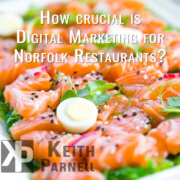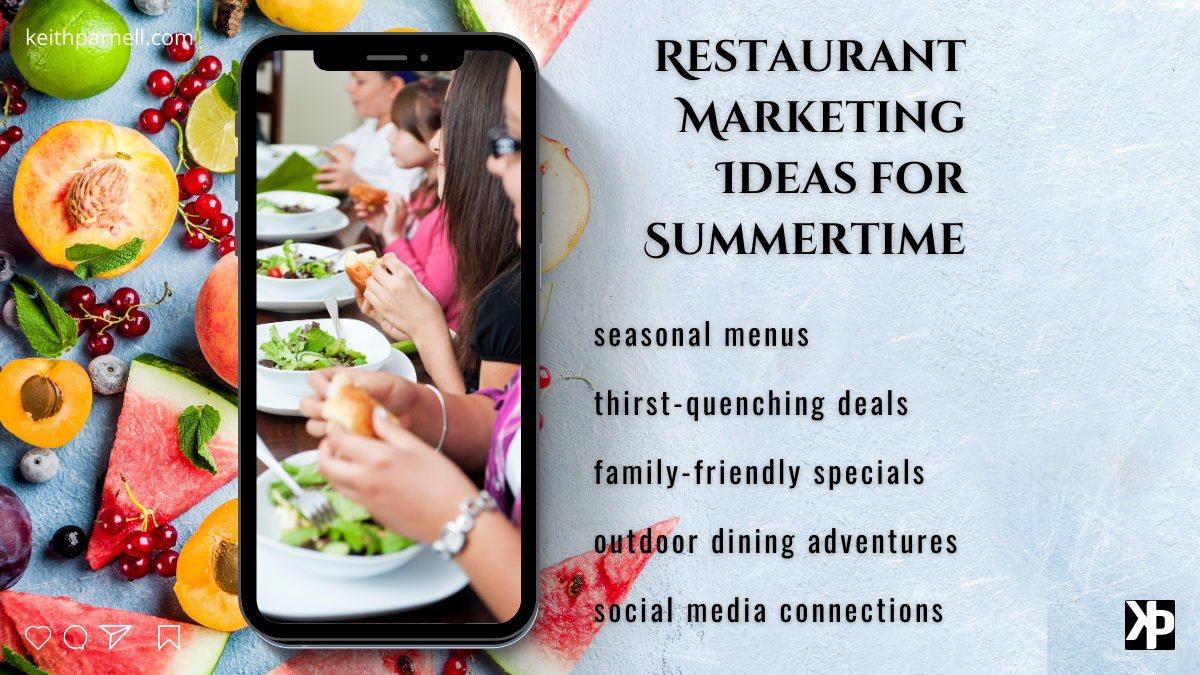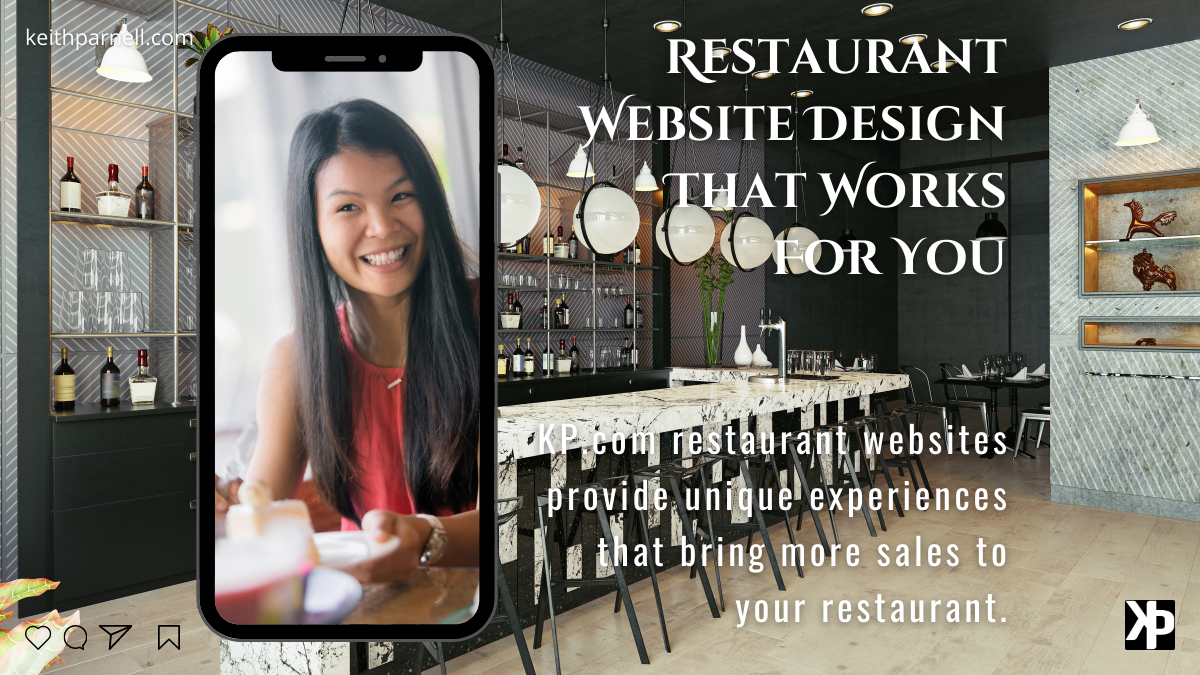The Restaurant SEO Plan for Busy People
In the fast-paced world of restaurant ownership, staying on top of your digital marketing game is crucial. With consumers increasingly relying on online searches to discover and choose dining options, having a solid restaurant SEO plan can make all the difference. In this article, I’ll guide busy restaurant owners through a streamlined SEO strategy that focuses on key areas to boost online visibility and attract more customers.
A Quick and Effective Restaurant SEO Plan for Busy People
Add Alt Text to Menu Images: Enhancing Accessibility and SEO
Images play a significant role in engaging customers online, and search engines appreciate well-optimized visuals. By adding descriptive Alt Text to your menu images, you not only improve accessibility for those with visual impairments but also provide search engines with relevant information, boosting your restaurant’s discoverability.
Update Your Website Title: A Quick Win for Improved Search Rankings
Your website’s title is a crucial element for SEO. Make sure it accurately reflects your restaurant and includes relevant keywords such as “restaurant,” “menu,” and your location. This small yet impactful update can significantly improve your website’s visibility in search engine results, making it more likely that hungry customers find your establishment.
Make Popular Items On Your Menu Searchable: Catering to Customer Preferences
Identify your most popular menu items and ensure they are prominently featured on your website. Use descriptive keywords that customers might use when searching for dining options. This not only makes your website more user-friendly but also aligns with search engine algorithms, boosting your chances of ranking higher in relevant searches.
Improve Your Google Business Listing: Enhance Local Visibility
Google Business Listing is a powerful tool for local SEO. Ensure that your listing is accurate, complete, and up-to-date. Include essential information such as your restaurant’s name, address, phone number, business hours, and a link to your website. Encourage satisfied customers to leave positive reviews, as these can significantly impact your local search rankings.
Track Your Progress: Measure and Adjust for Optimal Results
Implementing an SEO strategy is only half the battle; monitoring your progress is equally important. Utilize tools like Google Analytics and Google Search Console to track website traffic, user behavior, and keyword performance. Regularly assess these metrics and adjust your strategy accordingly to maximize the impact of your restaurant marketing efforts.
Increase Your Page Speed: Prioritize User Experience
Page speed is a crucial factor in both user experience and SEO rankings. Optimize your website by compressing images, leveraging browser caching, and minimizing unnecessary code. A faster website not only keeps users engaged but also satisfies search engine algorithms, leading to improved search rankings.
Keep Users On Your Website: Engage and Convert Visitors
A high bounce rate can negatively impact your SEO efforts. Encourage users to explore your website further by providing engaging content, easy navigation, and clear calls-to-action. Incorporate a visually appealing and intuitive design to create a positive user experience that keeps visitors on your site longer.
In the competitive landscape of restaurant marketing, a focused and efficient SEO plan can make a significant impact on your online visibility and customer acquisition. By incorporating these strategies into your busy schedule, you can enhance your restaurant’s digital presence, attract more customers, and ultimately boost your bottom line. Stay ahead in the digital marketing game, and watch your restaurant thrive in the online world.









